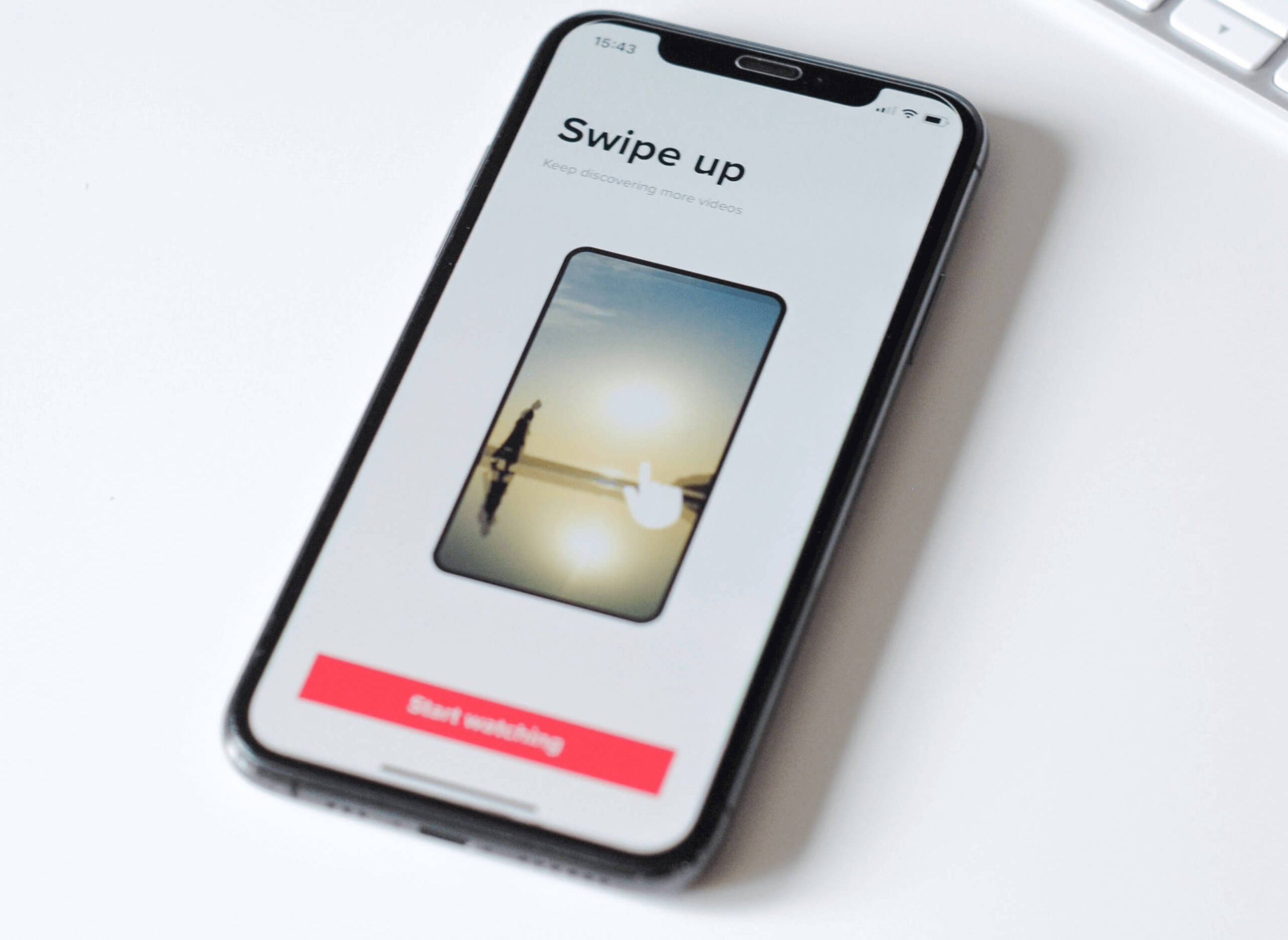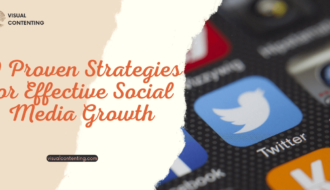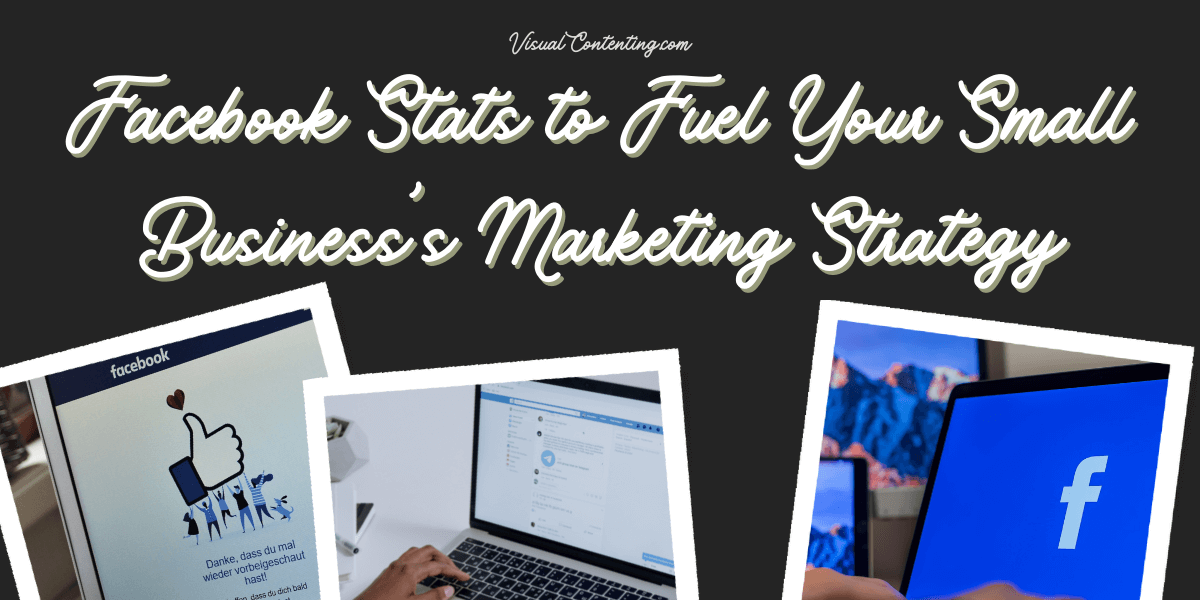Two things that have become very popular in the mainstream media over the last two years have been TikTok, and accusations abound about “Fake News” from all sides of the proverbial political coin. Certainly, fake news does exist, and social media is one media outlet with virtually no filters or morality standards to follow when sharing information, so it’s pretty easy to come by in the worlds of Instagram, Facebook, and most recently, TikTok.
Everyone has their biases, and thus, determining what is and what is not fake news can be very difficult in the divisive political climate that exists in the United States. With heavily funded motives regarding politics, it takes an ability to step back, take a deep breath, and really think, in order to determine what is real and what is not. With that as a first step, here are some other tips on identifying fake news on TikTok.
Fake News: Not a New Trend
Statistics show that fake news is more than four times as likely to be spread on social media than on news sites and networks, and this is a big reason for its “popularity,” in the present, but fake news has been around pretty much as long as its close relative, real news. Even in modern day journalism school, sensationalism is touched upon, because sensationalism sells. Unfortunately, the truth isn’t always that exciting, and many periodicals are fueled solely by the almighty dollar.
In 1835, for instance, the New York Sun wrote a piece about an alien civilization on the moon, and it became a more popular periodical. Looking at social media, almost 200 years later, we see the same yearn for popularity among users, and sharing fake news has the same effect. Unlike in the times of the New York Sun, however, there was no such thing as a “share button” and the poison of misinformation was a lot more difficult to spread.
A more dangerous example of Fake News in history was the Nazi propaganda machine. Believe it or not, not every Nazi was born as cruel as Hitler, but they all drank the proverbial Kool-Aid that was pushed though the government-controlled news outlets, truly brainwashing people into believing everything they read, as there were no other outlets available.
A similar brainwashing occurred (and still does) in the United States in post-slavery times. So many periodicals ran fake stories depicting African Americans as thieves or sexual predators that those who chose do believe the debauchery did just that, ultimately leading to the implicit biases that still exist today, and result in misinformation about causes such as the Black Lives Matter movement.
Recognizing It, and Why Doing So Is Important
With the stark division in today’s U.S. political climate, deciphering fact from fiction can be as stressful as some of the stories, themselves. Most of the older generations have already locked themselves in to a singular news source, and for people like them, avoiding fake news is almost impossible. Why? Because they have nothing to compare it to.
For the younger generations, the Facebooks, Instagrams, and TikToks of the world certainly produce their fair share of fake news, but they also have easy options for comparing that news to other reports on similar subjects, and young people need to take advantage of their abilities to read into something from multiple angles. A steady dose of Fox News is just as unhealth as a steady dose of CNN, but being willing to read both, plus other, less-politically-funded periodicals allow readers to have a better sense of what is being sensationalized, and what is not.
If an article only shares one view point, it may not be fake, but you can guarantee it doesn’t have the whole story. Other, more simple signals of fake news are frequent misspellings, seeing things that come in ALL CAPS, or have an inordinate amount of exclamation points!!!!!!!
Checking a web story’s “About Us” section is also a good start if you think a given news story may be fake. If they have a legitimate mission statement and accreditations, you’re probably safe, but as a backup, also doing some research on a given author is a good step to take.
The Future
The future of fake news’ popularity depends on the consumers. It will always exist, to some extent, but whether or not it is accepted is up to you. Diversify what you consume, and just use your big ol’ brain, and fake news can once again take a backseat to the real stuff!
Related Posts
Janice Cooper is a data visualization specialist and data scientist who is always looking to share statistical information on culture, current events and marketing.







